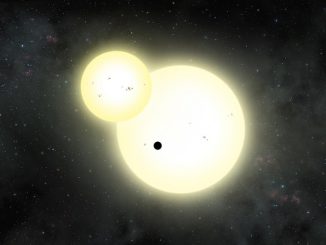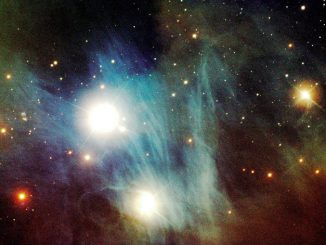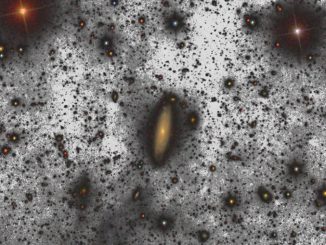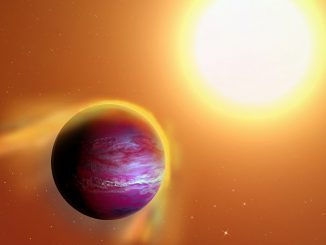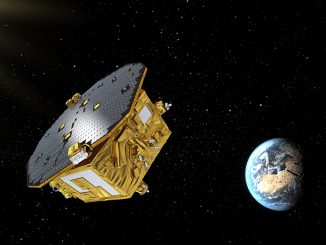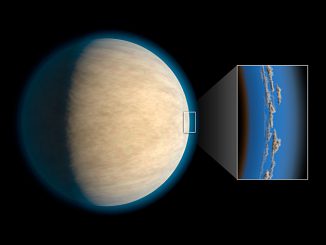
Citizen scientists discover huge Matorny-Terentev galaxy cluster
Two volunteer participants in an international citizen science project, T. Matorney and I. A. Terentev, have had a rare galaxy cluster that they found named after them. The pair pieced together the huge C-shaped structure of RGZ-CL J0823.2+0333 from much smaller images of cosmic radio waves shown to them as part of the web-based program Radio Galaxy Zoo.

